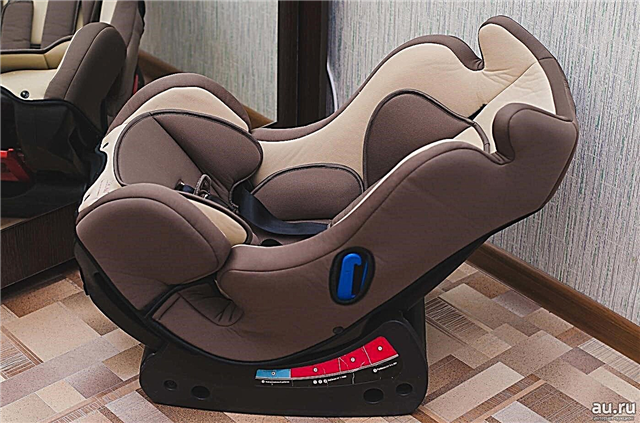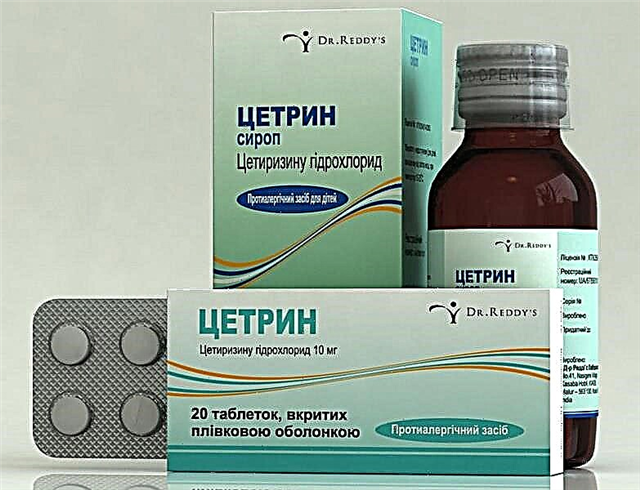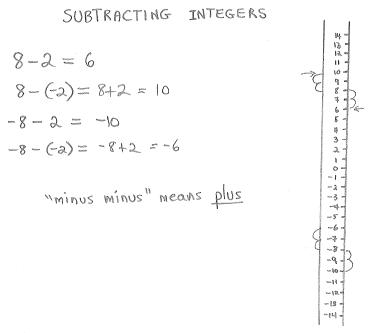
A disease such as hemorrhoids is more typical for an adult, as it is associated with heavy lifting, pregnancy, varicose veins of the legs and other factors that do not apply to children. Does this pathology happen in childhood, how does it manifest itself and what should be done in the treatment of hemorrhoids in a child?
Can children have hemorrhoids?
This disease is more often detected in adults, but hemorrhoids can also occur in childhood, albeit extremely rarely. Moreover, in children, this proctological problem has some peculiarities, and the reasons that cause hemorrhoids in a child differ from the factors that contribute to the development of this disease in the older generation.
Kinds
- External. It is an enlargement of the veins that are located under the skin of the anus. It looks like a pathology such as bluish-purple swelling near the anus.
- Interior. It is caused by the expansion of the veins that are located inside the rectum. The resulting nodes begin to emerge from the anus when they become significant.

What does it look like?
Looking closely at the baby's anus, parents can see a nodule that appears when the baby is straining, and then disappears inside the anus. A small child may behave restlessly at the time of bowel movement if he is worried about burning, itching and other uncomfortable sensations. Older children may talk about how they feel like something is getting in the way of the anus.
The node may become inflamed, and then the child's temperature rises. In rare cases, a blood clot forms in the node, which is manifested by sharp pain. If bleeding begins from the node, parents will find blood in the stool.

Causes
The most common cause of hemorrhoids in children is constipation. This problem can occur at any age, even in infants, because the digestive system in babies is still imperfect. In schoolchildren, constipation is caused by improper diet.
In addition to constipation, the following factors lead to the appearance of hemorrhoids in childhood:
- Prolonged sitting in the toilet or potty. The problem with defecation can be associated not only with constipation, but also with psychological reasons (for example, the child cannot poop outside the house). If the baby is put on the pot in time, he may sit unnecessarily long before the urge to bowel appears. At this time, the blood rushes to the small pelvis, and an uncomfortable position prevents its sufficient outflow, which contributes to the development of hemorrhoids.
- Long crying. If the baby cries for a long time, this causes an increase in intra-abdominal pressure. As a result, the vessels of the pelvis overflow with blood.
- Lack of mobility. Modern children, especially at school age, move very little. They sit in class at school, then sit at the lessons and in front of the computer at home. Lack of physical activity and prolonged sitting are factors contributing to the appearance of hemorrhoids.
- Congenital varicose veins of hemorrhoidal veins. Such a rare cause can be detected immediately after the birth of the baby - with tension, crying and defecation, a vein will protrude in the anus.
- Inflammation or swelling of the large intestine that causes blood to stagnate in the hemorrhoidal veins.

Disease development
With hemorrhoids, veins in the rectal area expand and form nodes. At first, their size is small, so outwardly they are invisible. They gradually increase and can sag from the anus when there is a bowel movement, as well as during coughing or violent crying.
As soon as the child stops straining, such nodes again hide inside the rectum.
If the disease is not treated at this stage, the nodes begin to fall out without straining, while they do not return back to the intestine, but require manual reduction. In an even more advanced stage, they cannot even be adjusted by hand, the nodes immediately fall out again.
What to do and how to treat?
For the treatment of hemorrhoids in children, conservative methods are mainly used, except for the situation with congenital varicose veins.
At home
First of all, for effective treatment, it is important to eliminate constipation in the baby and other factors that contribute to the stagnation of blood in the small pelvis. The child is prescribed suppositories, as well as ointments, but since such drugs for hemorrhoids are not produced for children, the dosage of the adult drug must be agreed with the doctor.

Operation
Surgical treatment is resorted to in cases where conservative methods have not worked, and the disease has passed into stage 3-4. This happens very rarely in childhood, therefore, surgery for small children with hemorrhoids is performed in exceptional cases.
Folk remedies
You can also help a child using folk methods, for example, do:
- Steam and sitz baths with decoctions of oak bark, string or chamomile;
- Lotions from chopped beets, rowan or carrots;
- Microclysters with warm sea buckthorn oil.

Prevention
To prevent the development of hemorrhoids in a child, parents should:
- Establish the baby's diet so that the child eats regularly, drank enough water, consumed fruits, cereals and vegetables in an amount sufficient for his age.
- Teach your child to defecate correctly. Defecation should be quick, without long straining and sitting in the toilet.
- Provide the child with a comfortable environment when he poops. To do this, choose a convenient pot, install a footstool next to the toilet.
- Monitor your child's acquisition of personal hygiene skills. You need to wipe without pressure, and after defecation, it is recommended to wash the anus with cool water (this is necessary for normal vascular tone).
- Fit physical activity into the child's day regimen. Let the child do gymnastics, swim, play outdoor games, roller-skate, go to sports sections.
- Monitor the weight of the child, as obese children develop hemorrhoids more often.



